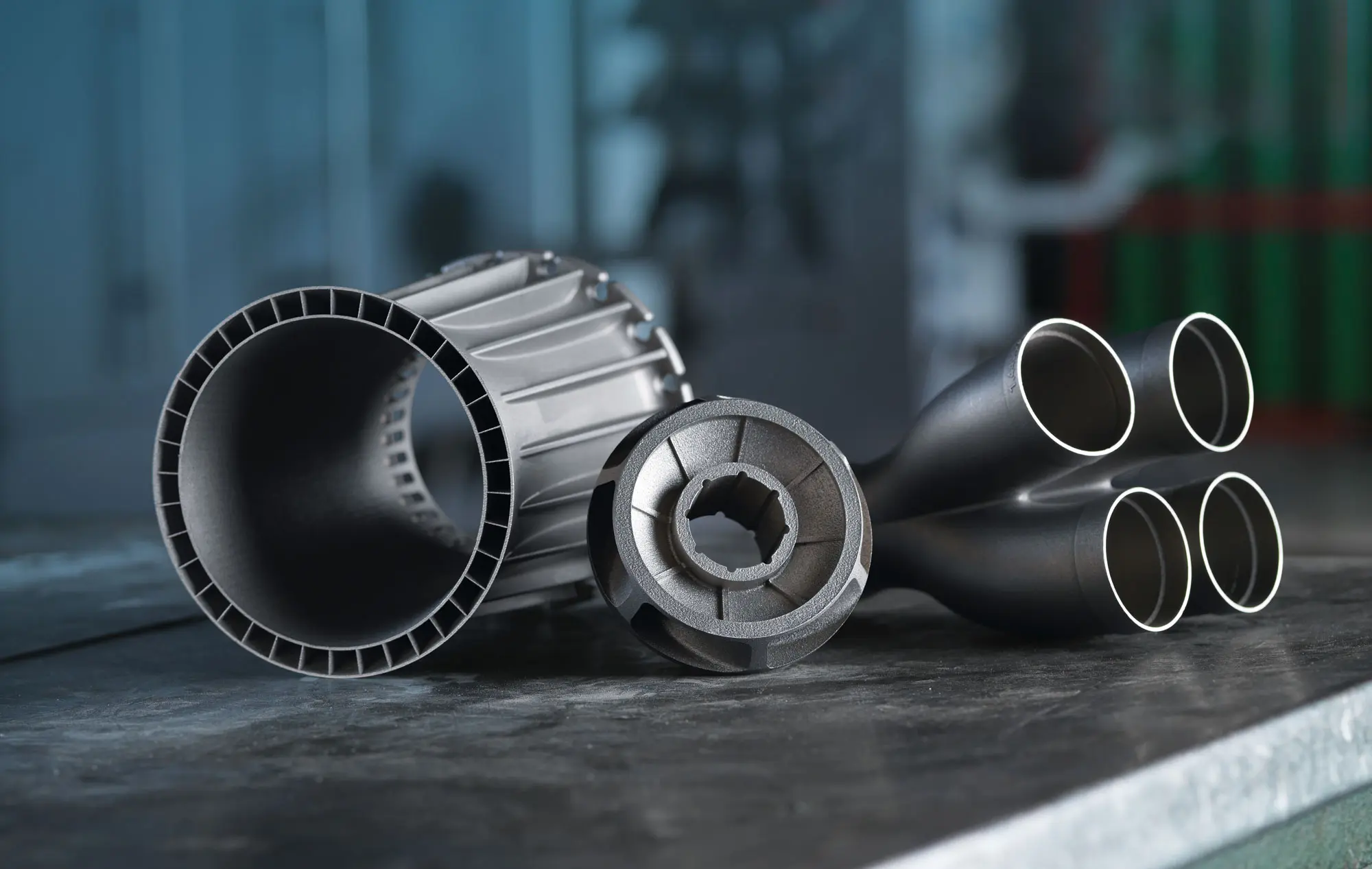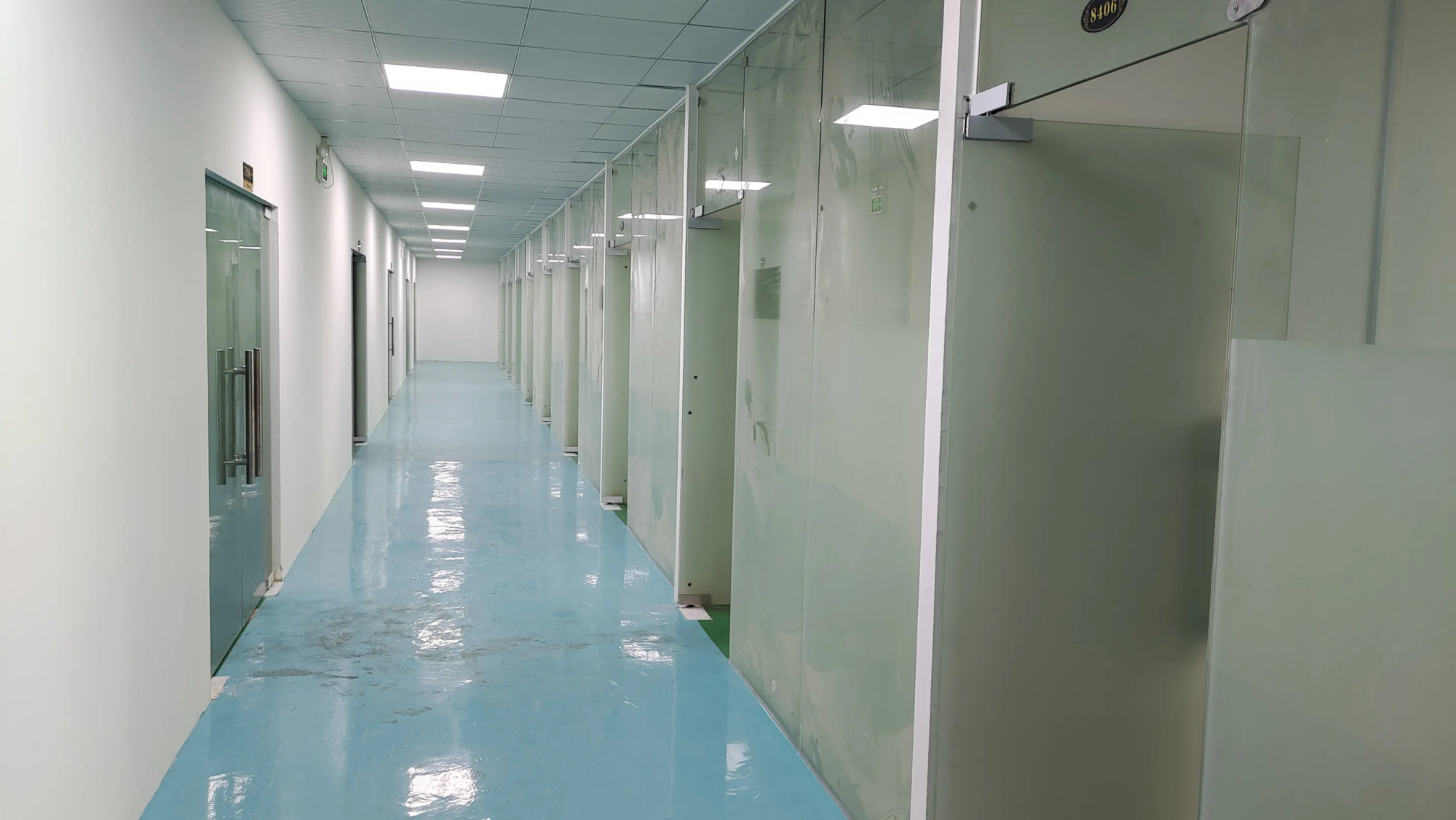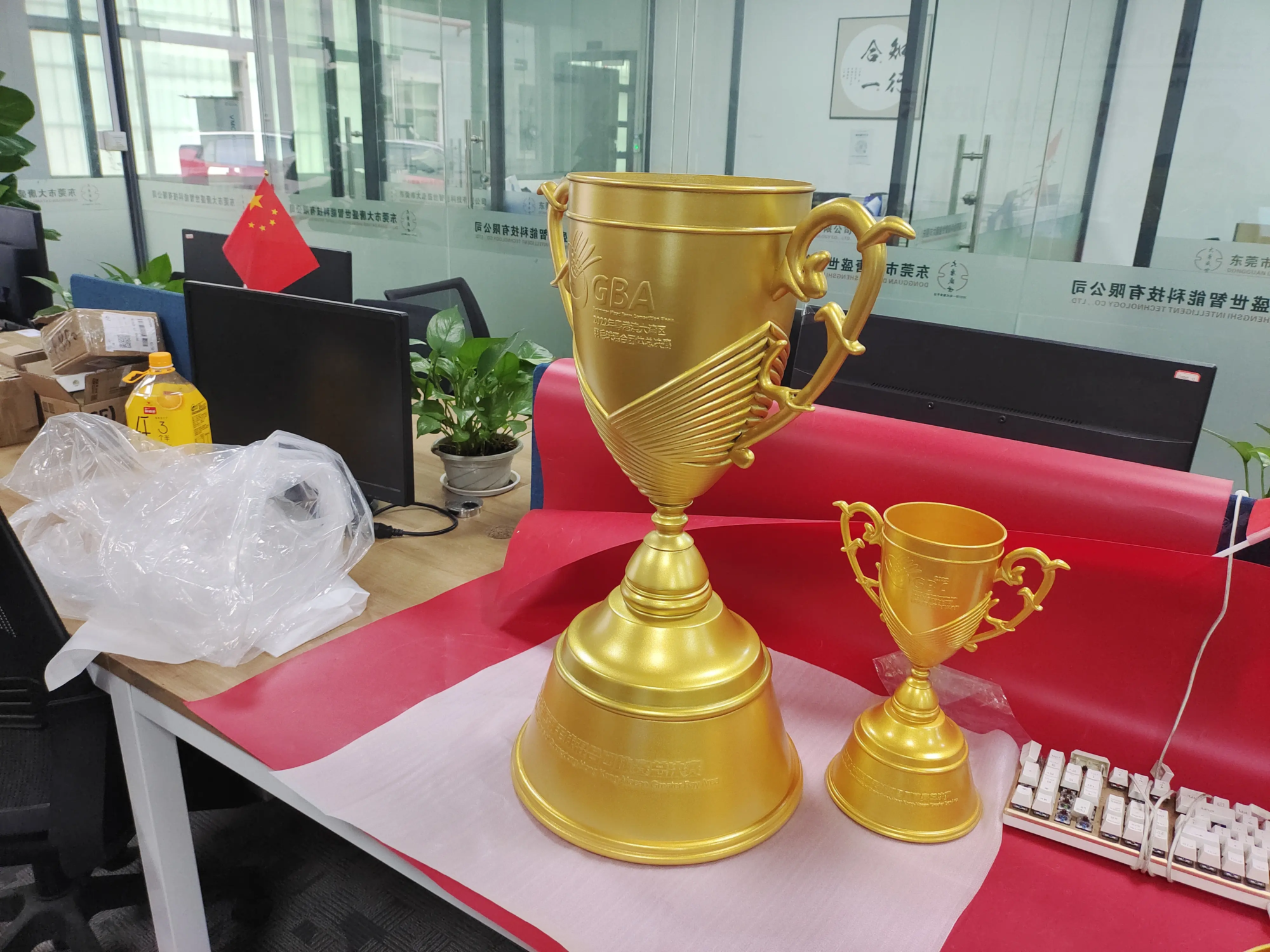December 3, 2024,According to the resource libraryDigital information technology supplierHexagon recently launched a new technology, “Advanced Compensation”, designed to solve distortion problems in the production of metallic precision parts and reduce the costs of tests and errors. This method combines process simulation and 3D scanning compensation, which can automatically correct the deformation of large and complex metal parts during printing, thus reaching the desired shape using advanced geometric compensation technology.
Improve the accuracy of metal printing
Laser fusion technology (LPBF) is currently commonly used to print metal parts, but due to the complex physical processes involved, this technology has many challenges in industry applications that require extremely high precision. Especially in certain areas such as mechanical manufacturing, aerospace and medical prosthesis, these industries have strict requirements on the quality of the surface, the repeatability and the dimensional precision of the parts. However, inconsistencies, defects and dimensional differences resulting from the LPBF printing process often affect the quality of the final part, especially in these high demanding areas where a slight deviation may not be acceptable.
To deal with these problems, the “advanced compensation” method of hexagon based on process simulation and remuneration technology based on metrology helps users to obtain high quality printing when confronted with thinner walls or difficult materials. Thanks to this method, users can control tolerances between 98% and 100% while guaranteeing the accuracy of the surface outline and can improve production efficiency without sacrificing printing speed.
Practical verification: improve precision and reduce waste
Additive Industries, an additive manufacturing company, was one of the first to adopt this technology, and they obtained significant results in the production process. The company has managed to print a stainless steel steel mixer using the “advanced compensation” method, reaching 0.2 mm precision and required only one prototype.
This large 316L steel component has a surface tolerance of +/- 0.2 mm. Compared to the previous cases where the parts naturally distorted more than 3 mm during printing, and a single test impression is necessary to finish high precision construction, considerably reducing material waste and printing time by minimizing the support structure.
Provide precise prediction and compensation
To guarantee the effectiveness of this compensation method, Hexagon also combines two advanced software tools. The SIMFACTURE additive software helps users to predict deformation and narrowing thanks to a precise simulation, thus minimizing the number of tests during the printing process. Meanwhile, the VGStudio Max software provides a powerful metrology and a 3D analysis and analysis to deal with more complex room features. By sweeping the part and obtaining its optical or computed tomography data, vgstudio max can compensate for the difference measured by scan data, thus correcting local deformation problems.
In addition, the operation of Max VGSTUDIO is very simple, and users can easily start and get ideal printing results even without previous measurement experience.
Data -based printing optimization
The director of the additive strategy of Hexagon notes that simulation technology can save time and costs in the printing of complex parts or mass production. When simulation is not enough to solve all problems, users can use the optical 3D scan to capture faults and compensate, thus making a “second successful impression”.
He added that this data -based approach can reduce the uncertainty of small -scale production and extend it to mass production through Twin digital technology, not only the optimization of parts geometry, But will also be adjusted with precision depending on the machine parameters and the characteristics of the materials to ensure that parts are quality performance and standards. ShouldSimulation softwareIt is planned to get back to all simmering additive users in the first quarter of 2025.
Conclusion
With the continuous development of additive manufacturing technology, how to improve the precision and efficiency of production and reduce waste has become an objective of the industry.HexagonThe “advanced compensation” method provides new solutions for the production of precision metal parts thanks to innovative simulation and remuneration technologies.It brings not only more reliable production methods to industries which require high precision, but alsoNew possibilities are open for large -scale additive manufacturing applications.
|





